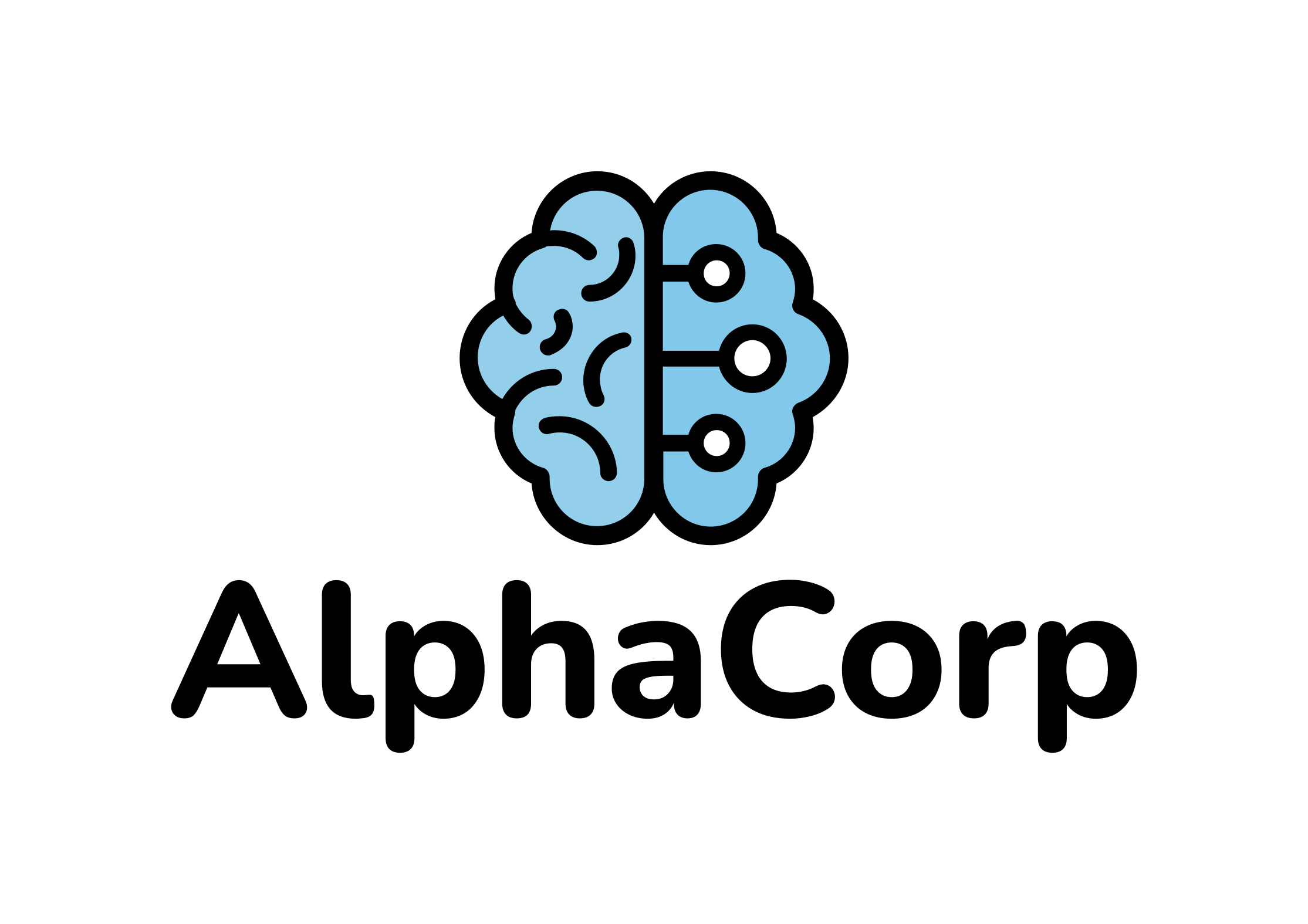Wondering which real jobs AI agents are already doing in 2025. They are already cutting core metrics, such as a 30 percent drop in MTTR after agents took on AIOps correlation and remediation, as shown in a public case set. This list shows the five jobs, what results to expect, how they work, and what to watch so you can start with confidence.
Real Jobs AI Agents Are Already Doing
AI agents have moved past demos into production roles that carry real accountability. Enterprise teams report adoption across support, IT operations, security, finance, and retail, with a focus on measurable efficiency and customer experience, according to AWS Insights. The pattern behind consistent results is clear: stateful orchestration, human in the loop controls, and ongoing evaluation grounded in the business metrics that matter.
Modern orchestration gives agents memory, fault tolerance, and audit trails. Checkpointing with time travel debugging lets agents pause for approvals, resume after errors, and replay decisions for quality review, as covered in the LangGraph time travel docs. Governance is not an afterthought either. Teams are aligning programs with the NIST AI RMF, ISO IEC 42001, and EU AI Act expectations, seen in guidance that maps obligations for oversight, evidence, and incident handling under the NIST AI RMF.
Use this once to sanity check your plan before you put agents on the job:
- Define the job in plain terms, the decision points, and where humans must approve.
- Pick two or three KPIs that define success and track them from day one.
- Start with recommendation mode, then expand autonomy by low risk segment only.
- Install tracing, budgets, and quality checks before you invite real users.
1. Contact Center and Customer Support
Agents handle intent detection, triage, knowledge grounded answers, and follow through across channels. The value shows up in faster response and resolution, consistent tone, and less repetitive work for human agents. Case KPIs point to teams saving time on calls and improved quality when leaders define baseline metrics and measure before and after. That focus on disciplined measurement is highlighted in Botric.ai KPIs.
Action step: Start with policy grounded answers for top intents and route low confidence cases to humans while you calibrate quality gates.
Best for: Tier 1 support and triage
2. IT Service Desk and AIOps Incident Management
In IT operations, agents reduce alert noise, correlate events, and execute runbooks. This directly lowers false positives, escalations, and downtime. A published example reports a 40 percent drop in false alerts and a 30 percent reduction in MTTR after agents took on correlation and recommended actions, per a Creole case study.
Action step: Pair agent reasoning with deterministic runbooks, strict credentials, and an approve before act gate for anything that changes production.
Best for: High volume incidents and triage
3. Cybersecurity Threat Detection and Response
Security teams use agents to monitor signals, investigate events, and contain threats in well bounded scopes like endpoints or network layers. Adoption is broad because the fit is strong when autonomy is scoped and permissioned. Industry data shows most organizations prioritizing security monitoring agents, according to recent agentic AI statistics.
Action step: Limit the agent’s permissions to least privilege, add sandboxing, and run hijacking scenario tests before you allow any autonomous containment.
Best for: Endpoint and network containment
4. Financial Operations and Document Workflows
Finance teams and institutions are using agents to accelerate document heavy steps like KYC, AP invoices, and credit memos. The wins are faster cycle time and better audit trails, not unchecked decisioning. Sector guidance urges a steady hand that builds on model risk practices and keeps decisions explainable, as noted in the IIF submission.
Action step: Combine retrieval over policies with deterministic KYC APIs and require approvals for high stakes steps such as disbursements or credit impacts.
Best for: KYC and AP processing
5. Retail and E commerce Personalization and Sales
Retailers deploy agents for guided shopping, catalog questions, and policy compliant help across chat and site experiences. A public case reports a virtual assistant that resolved most customer queries on its own and lifted conversion during interactions while cutting response time, as shown in a Creole case study.
Action step: Ground the agent in catalog, inventory, and policy data, add confidence thresholds and fairness checks, and route complex or high value orders to humans.
Best for: Guided shopping and Q and A
How We Chose the Real Jobs AI Agents Are Already Doing
We focused on roles with repeatable evidence in 2024 and 2025 that show clear business outcomes and a realistic path to controls. That includes surveys and case write ups from established sources, recent architecture guidance, and governance frameworks that turn policy into day to day practice. We looked for converging signals across multiple sources so that no single claim stood alone, and we gave extra weight to jobs with concrete metrics such as response time, resolution rate, MTTR, precision, and conversion.
We also filtered for operational maturity. The jobs here all work best under staged autonomy with human in the loop controls, explicit runbooks, scoped credentials, and persistent state. Orchestration matters as much as model choice. Stateful graphs with checkpoints allow reliable restarts, fine grained approvals, and audit ready traces. That engineering discipline is what turns demos into durable roles where you can defend outcomes to risk and compliance.
Finally, we only included jobs where the line between automation and human judgment is clear enough to manage. The goal is not ai replacing jobs outright. It is reducing handling time and noise while pushing complex or sensitive decisions to trained staff. In practice, support and IT operations top reported use cases in enterprise surveys, which matches their fit for high volume, policy bound workflows as noted in an enterprise survey.
Why It Matters
In 2025, agents are doing real work that users feel and leaders can measure. The common gains are faster answers, fewer escalations, better uptime, and more consistent quality. Those outcomes come from the same stack across jobs. Ground the agent in the right data, run a stateful workflow with approvals, and instrument tracing and quality checks so you can catch drift and fix failures before they hit customers.
The upside for teams is focus. Agents absorb repetitive lookups, form fills, and first line investigations. Humans spend more time on the cases that need empathy, negotiation, and complex judgment. That is the practical path through the ai replacing jobs worry. You are not swapping people for black boxes. You are upgrading the workflow and making space for higher value work. When you add governance from day one, you protect users and brand while you scale.
If you want to put one of these agent jobs to work, pick a low risk segment, write down the KPIs, and pilot in recommendation mode. When the metrics clear your threshold and the quality is stable, expand by segment and keep your audit trail tidy. If the agent struggles, pull back its autonomy and fix the workflow rather than blaming the model. The organizations that do this well turn early wins into durable operating advantages.

